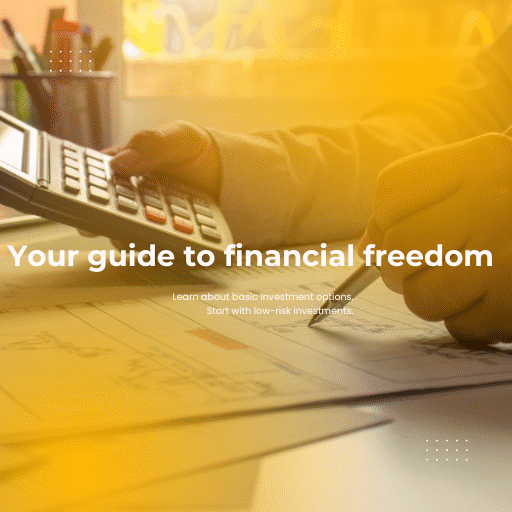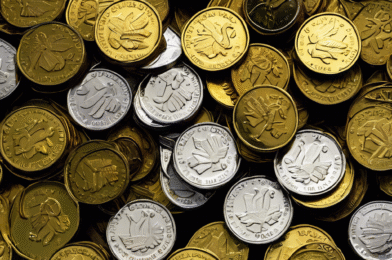Investing in the stock market can seem intimidating for beginners, but with the right knowledge and approach, it can be a rewarding way to grow your wealth over time. The stock market is where shares of publicly traded companies are bought and sold, allowing individuals to own a portion of these companies and potentially benefit from their growth. Here is a beginner’s guide to help you navigate the world of investing in stocks.
Before diving into the stock market, it’s essential to understand the basics. Stocks represent ownership in a company, and when you buy shares, you become a shareholder. Shareholders have the potential to earn returns through capital appreciation (the increase in stock price) and dividends (a portion of the company’s profits distributed to shareholders).
One of the first steps in investing in the stock market is setting clear financial goals. Determine your investment objectives, whether it’s saving for retirement, buying a house, or funding your children’s education. Understanding your goals will help you develop a strategy that aligns with your financial aspirations and risk tolerance.
Research is key when it comes to investing in stocks. Take the time to learn about different industries, companies, and market trends. Keep up with financial news and analysis to make informed decisions about which stocks to invest in. Consider factors like company performance, industry outlook, and economic conditions.
Diversification is a crucial strategy in stock market investing. By spreading your investments across different companies, industries, and asset classes, you can reduce the risk of significant losses if one investment underperforms. Diversification helps balance your portfolio and potentially increase returns over the long term.
When buying stocks, you have two main options: individual stocks or exchange-traded funds (ETFs). Individual stocks represent ownership in a specific company, while ETFs are investment funds that hold a diversified portfolio of stocks or other assets. ETFs offer built-in diversification and are a popular choice for beginner investors.
Timing the market is a challenging task, even for experienced investors. Instead of trying to predict short-term price movements, focus on the long-term growth potential of your investments. Stay disciplined with your investment strategy and avoid making impulsive decisions based on market fluctuations.
Understanding risk is essential in stock market investing. All investments come with some level of risk, and it’s crucial to assess your risk tolerance before investing. Consider factors like your age, financial goals, and investment timeline when determining how much risk you are willing to take.
Regularly monitoring your investments is crucial for long-term success in the stock market. Keep track of your portfolio performance, review company reports, and stay informed about market developments. Rebalance your portfolio periodically to ensure it remains aligned with your investment goals.
Patience is a virtue when it comes to stock market investing. The market experiences ups and downs, but historically, it has shown overall growth over the long term. Avoid making emotional decisions based on short-term fluctuations, and stay focused on your long-term investment strategy.
Seeking professional advice can be beneficial, especially for beginner investors. Consider consulting with a financial advisor or investment professional to help you develop a personalized investment plan based on your goals and risk tolerance. An expert can provide valuable insights and guidance tailored to your financial situation.
Education is an ongoing process in stock market investing. Take advantage of resources like books, online courses, and seminars to deepen your knowledge and stay informed about market trends. The more you learn about investing, the better equipped you’ll be to make informed decisions and grow your wealth.
Building a diversified portfolio is a smart way to spread risk and capture potential returns from different sectors of the economy. Consider allocating your investments across various asset classes, such as stocks, bonds, and real estate, to create a balanced portfolio that aligns with your risk tolerance and financial goals.
Setting realistic expectations is essential in stock market investing. While investing in stocks can offer substantial returns over time, it’s important to understand that the market can be volatile, and returns are not guaranteed. Stay focused on your long-term goals and avoid chasing quick profits.
In conclusion, investing in the stock market can be a rewarding way to build wealth over time, but it requires patience, research, and a disciplined approach. By understanding the basics of stock market investing, setting clear financial goals, and diversifying your portfolio, you can navigate the world of investing with confidence and potentially achieve your financial objectives. Remember that investing is a journey, and with the right knowledge and strategy, you can work towards a secure financial future.










